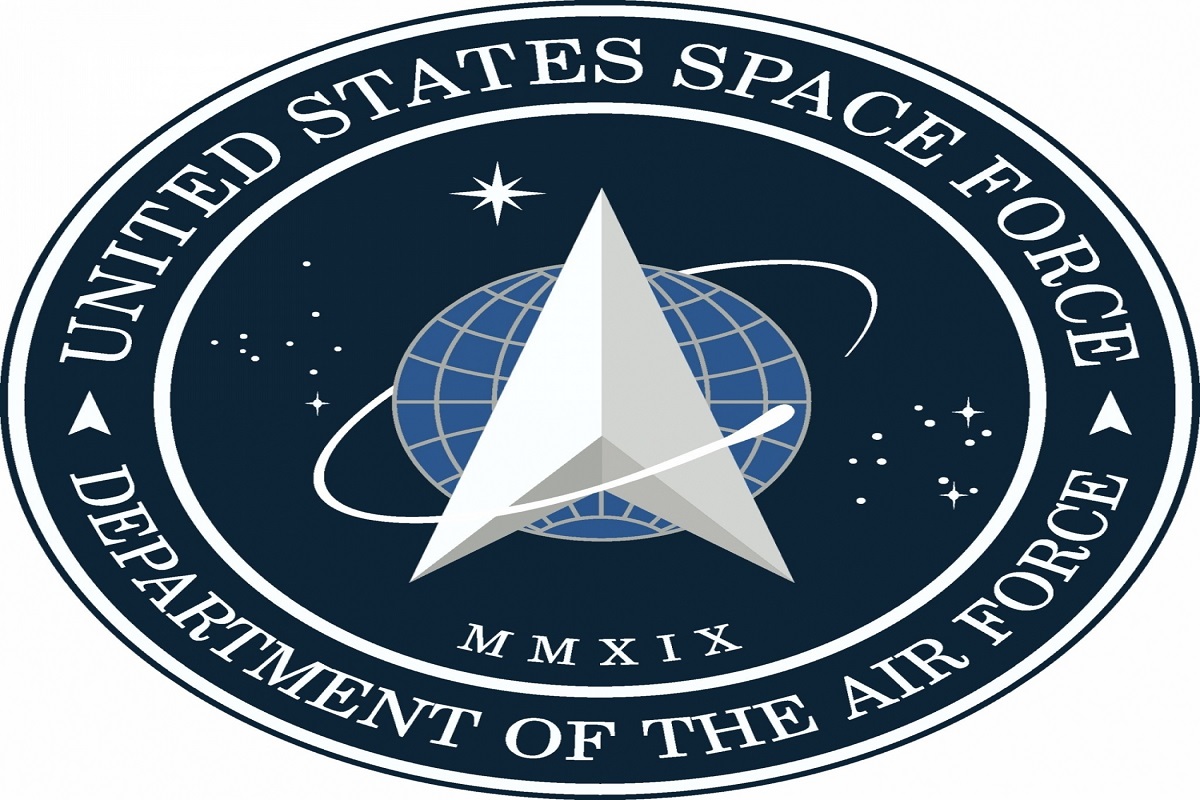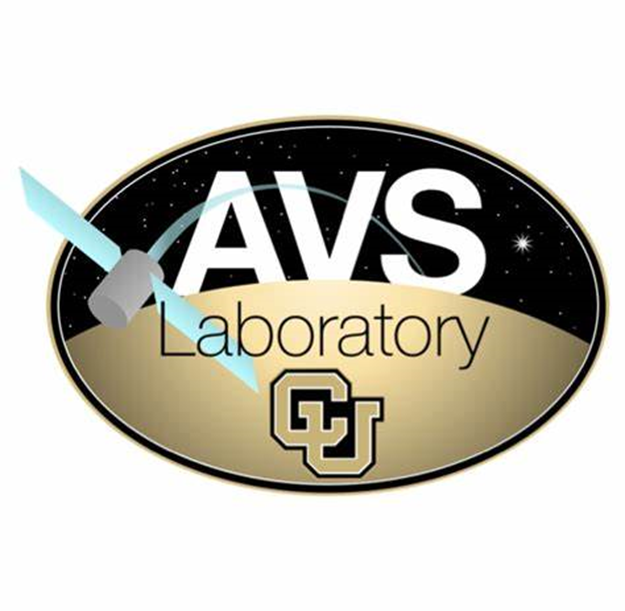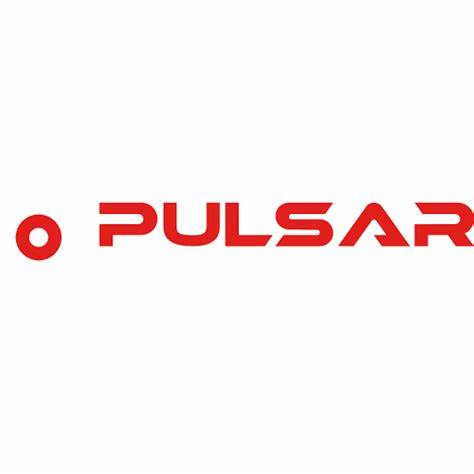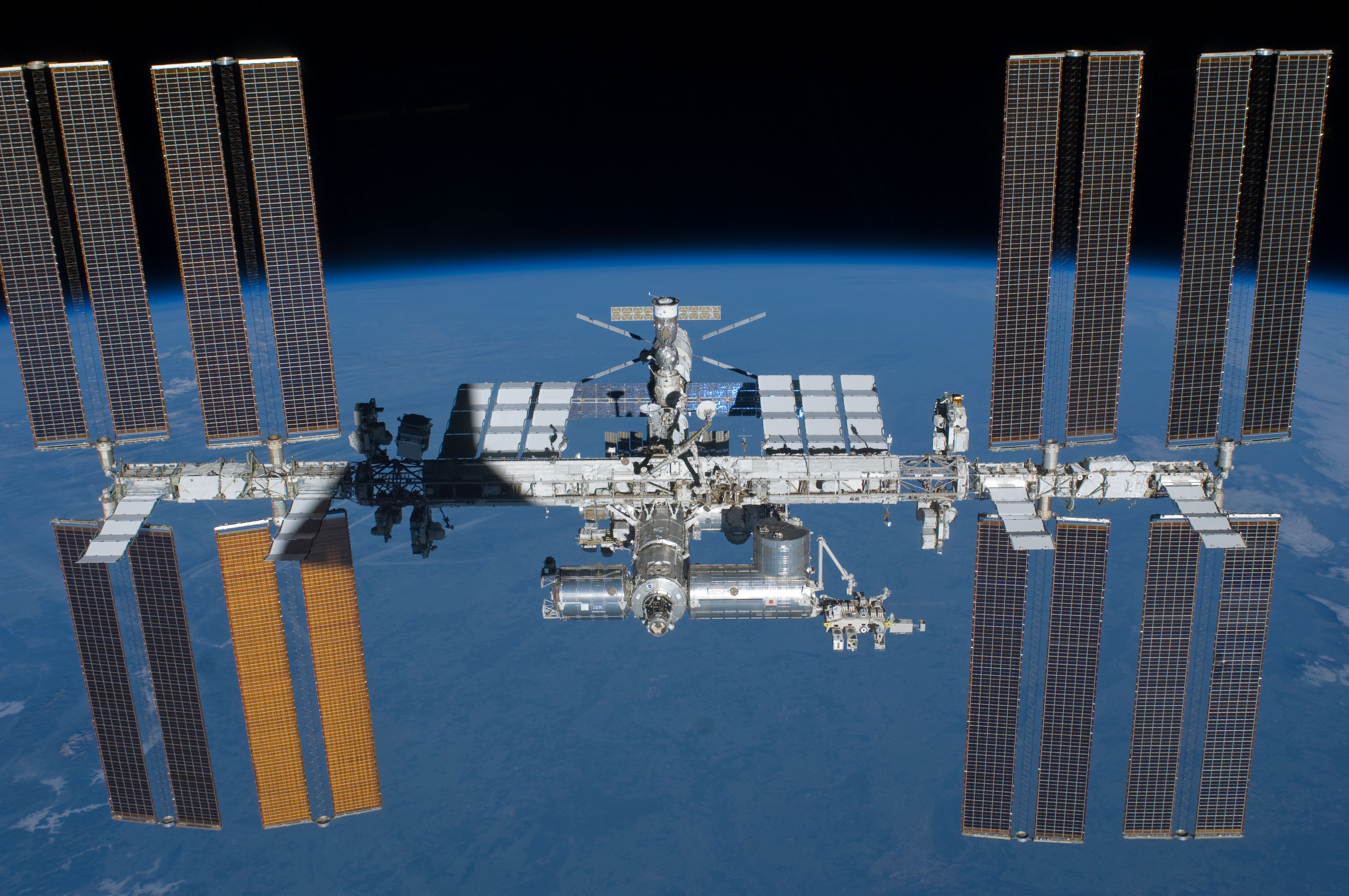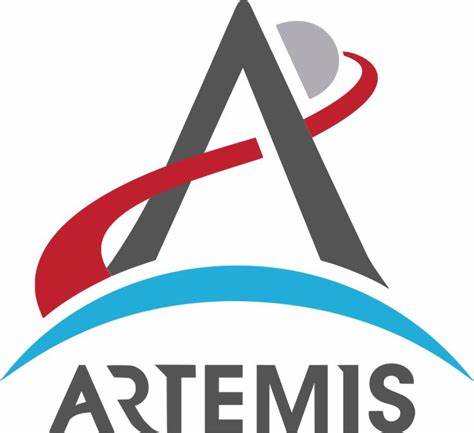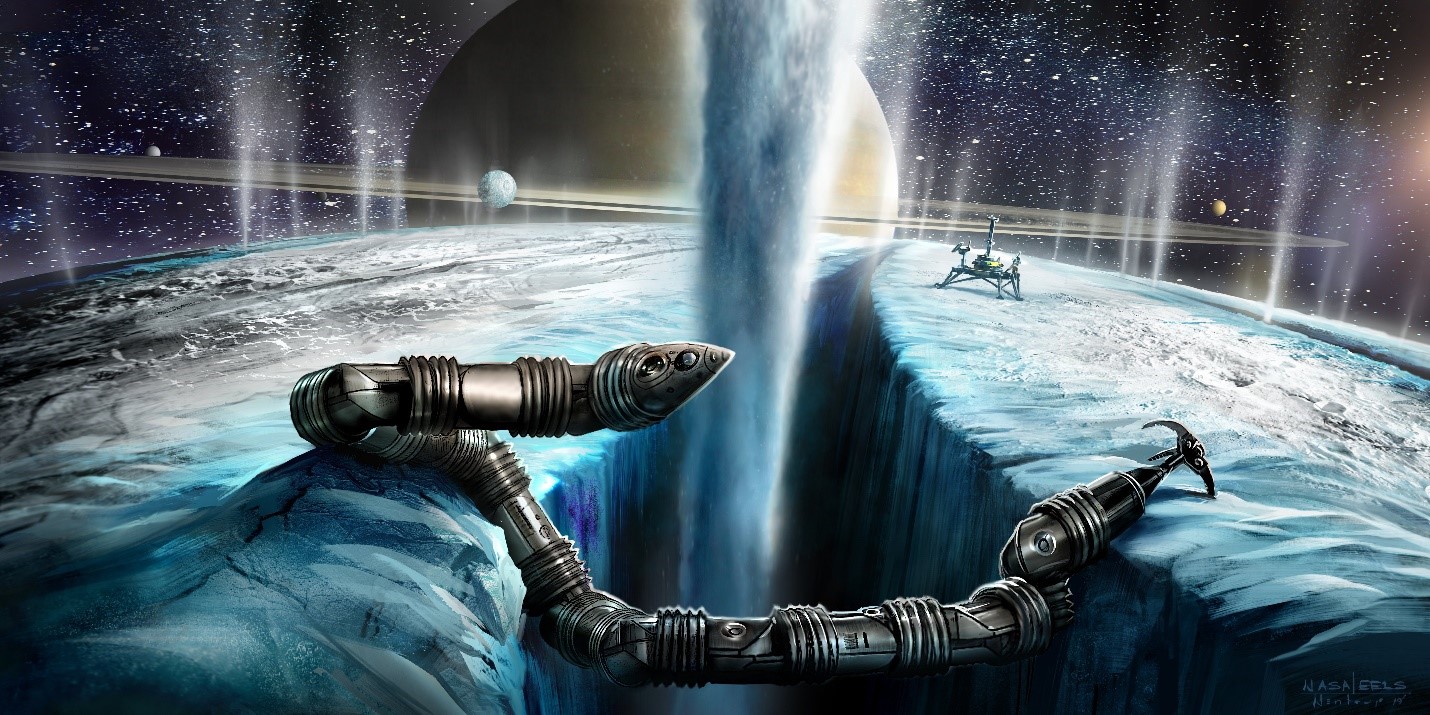Satellites - U.S. Space Force X-37B Update
The U.S. Space Force’s X-37B Orbital Test Vehicle (OTV) was manufactured by Boeing. The robot spacecraft is sent into space by a launch vehicle and then lands as an aircraft upon re-entering the atmosphere.
